Advertisements
Advertisements
प्रश्न
(a) A ray of monochromatic light enters glass PQRS as shown in the fig. Complete the path of ray till it emerges from the glass. (Critical angle of glass is 420).
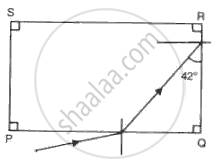
(b) Draw diagram of a prism periscope.
(c) What are the advantages of total internal reflecting prism over plane mirror?
उत्तर
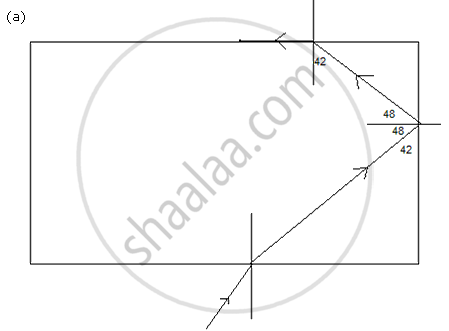
Note : here that when the angle of incidence in the denser medium is more than the critical angle (= 42), then the ray undergoes total internal reflection.
At angle of incidence equal to critical angle, the ray grazes the interface.
(b) Diagram of prism periscope:
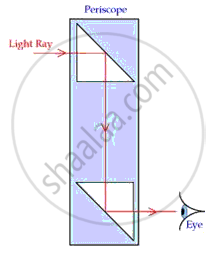
(c) In case of reflection from plane mirror, all of light in not reflected. In case of total reflecting prism, all rays failing beyond critical angle will be totally reflected. The intensity of reflected light is equal to the intensity of incident light in case of total internal ref;lection but not in case of reflection from plane mirror.
In addition, the reflection through a thick mirror causes multiple image formation as well as lateral inversion of image.
Due to the above two reasons, the total reflecting prisms are preferred over the plane mirrors.
APPEARS IN
संबंधित प्रश्न
A light ray does not bend at the boundary in passing from one medium to the other medium if the angle of incident is ______.
Two isosceles right-angle glass prisms P and Q are placed near each other as shown in Fig. Complete the path of the light ray entering the prism P till it emerges out of the prism Q.
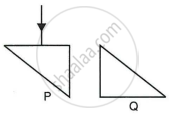
Write the relation between the refractive index and critical angle for a given pair of optical media?
Define critical angle for a given medium.
What is meant by the term ‘critical angle’?
Complete the following diagram to show the path of the ray of a single colour in the diagram as if enters in and emerges out of the prism. Mark the angles wherever necessary. (Critical angle for glass = 42°).
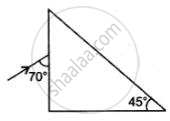
Which of the following is not involved in formation of a rainbow?
A particle is projected such that the horizontal range and vertical height are equal. Then the angle of projection is :
A rectangular block of glass ABCD has a refractive index 1.6. A pin is placed midway on the face AB (Figure). When observed from the face AD, the pin shall ______.
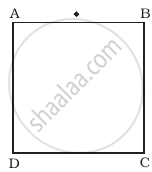
- appear to be near A.
- appear to be near D.
- appear to be at the centre of AD.
- not be seen at all.
Which of the following is used in optical fibres?
